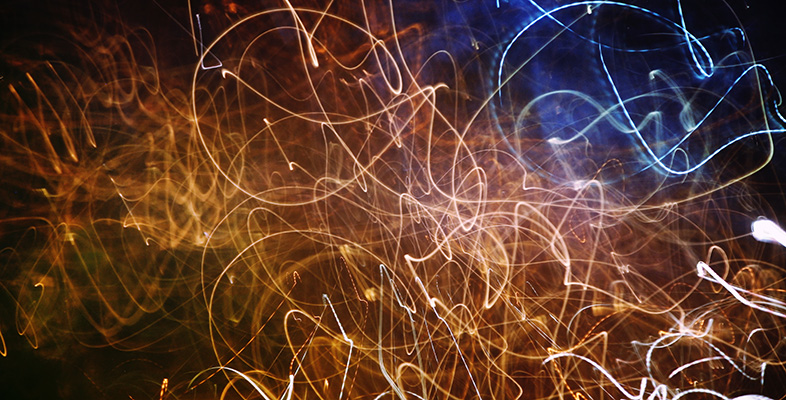5 Concept to prototype
5.1 A process of focusing
In the last section I examined one part of the design process in detail: the generation of concept. Towards the end of this stage, ideas for a design are given some detail. However, they are still not far enough advanced to be made as a prototype, nor can they undergo rigorous testing. They are still ideas. They will most likely take the form of two-dimensional models such as sketches, renderings or outline plans but they may also be manifest in three-dimensional rough models: usually scale models, but perhaps also full-size models where feasible. In some situations the concept designs will be available as digital models in a computer.
Many features, although not developed in detail, should work in principle. This 'in principle' is a little misleading since it contains several aspects. One aspect is theory, which indicates by rough calculations, possibilities, sizes, shapes and materials. Another aspect is experience; something that has worked well before in similar circumstances should work again.
As we saw in the last section, the process of generating concept is important. It helps to define the design space. Once we get the problem space and the solution space accurately mapped we are less likely to come up with a weak or unworkable design.
However, we should not be carried away with the importance of concept. Designs are ultimately used. The concepts have to be turned into useful things. The generation of concept has helped to focus on a particular type of design; perhaps the hull shape for a boat. We now need to look at the ways that the details are completed so that we can define exactly what our design is. It can then be manufactured and tested.
